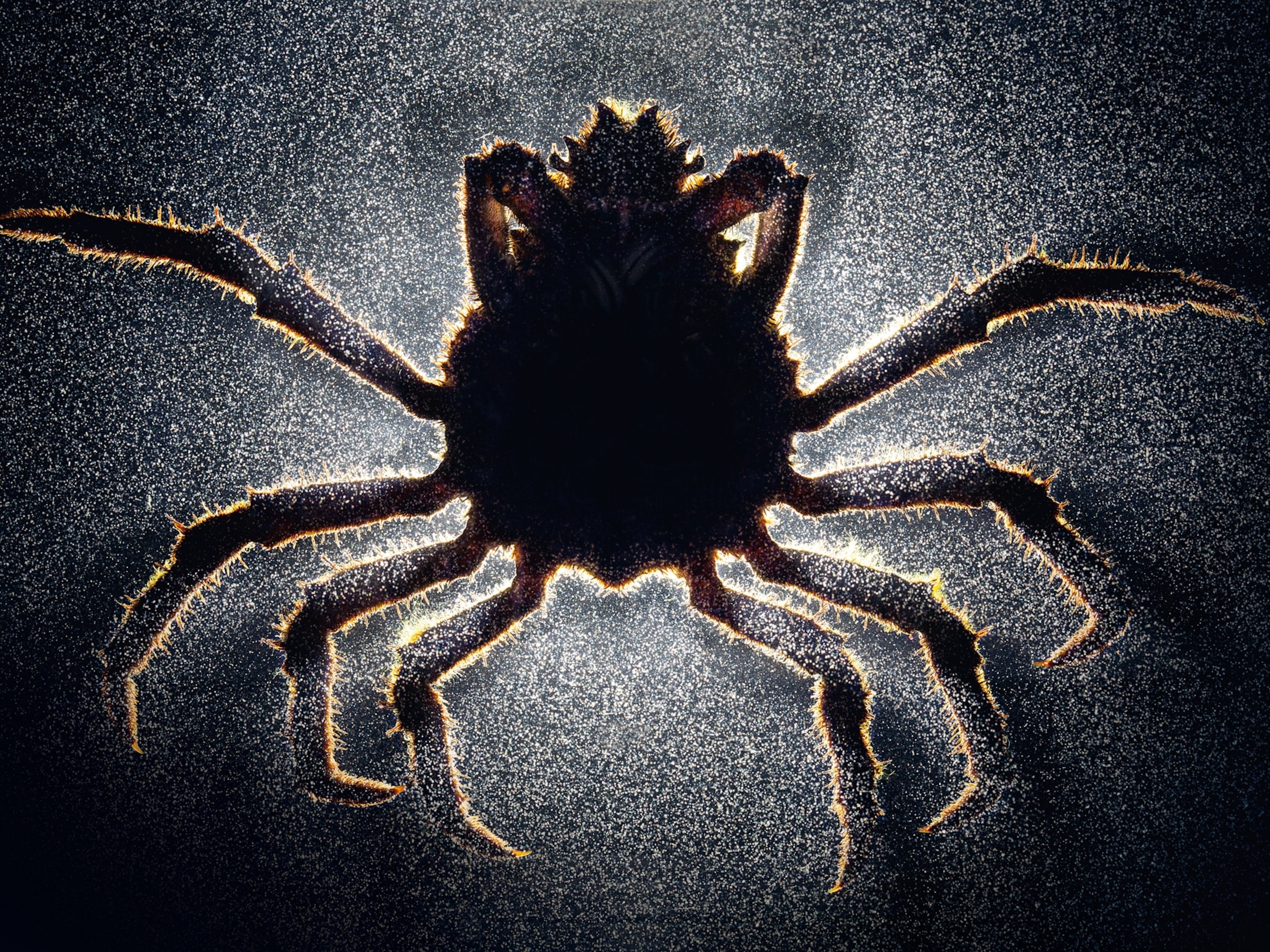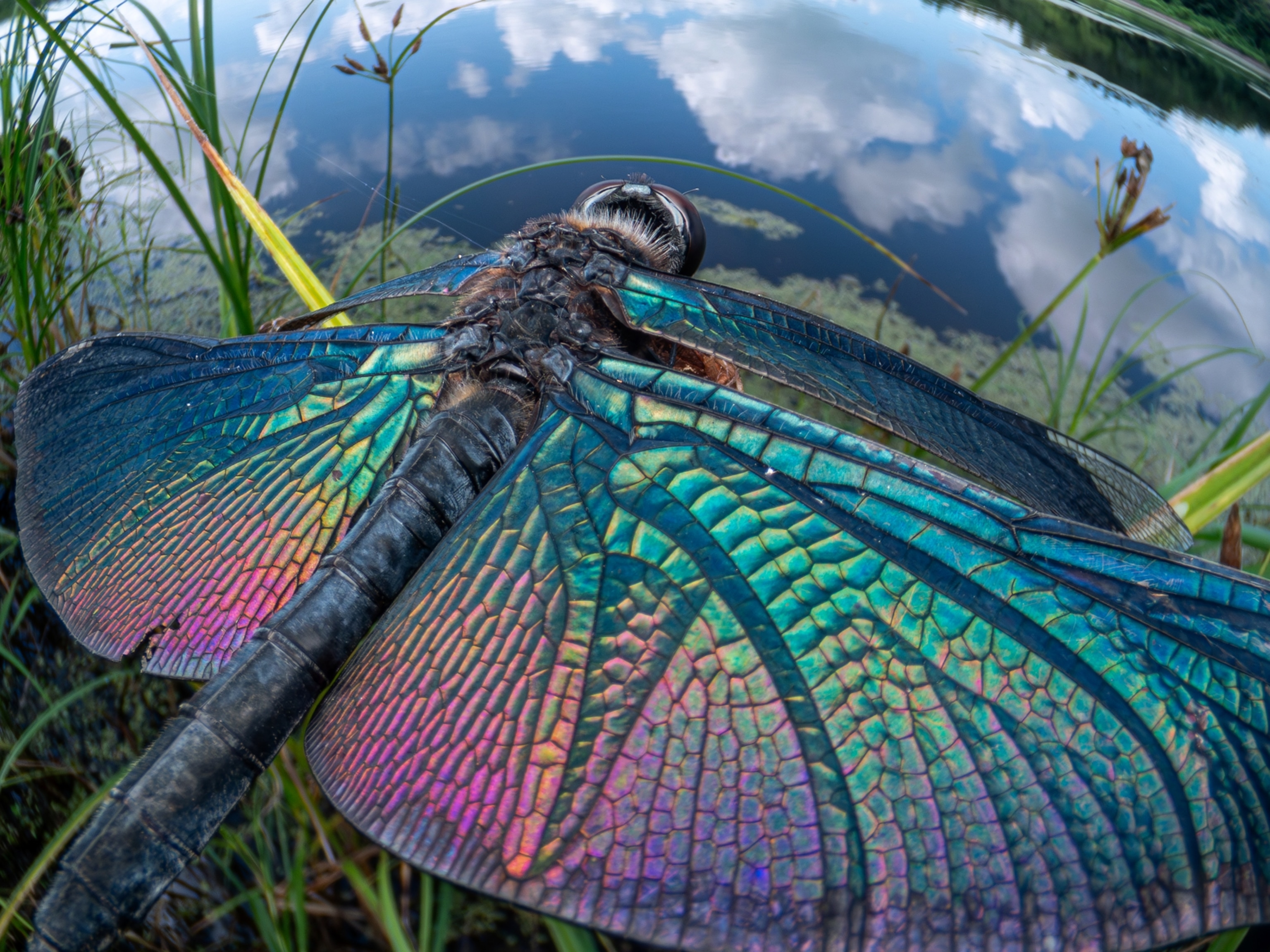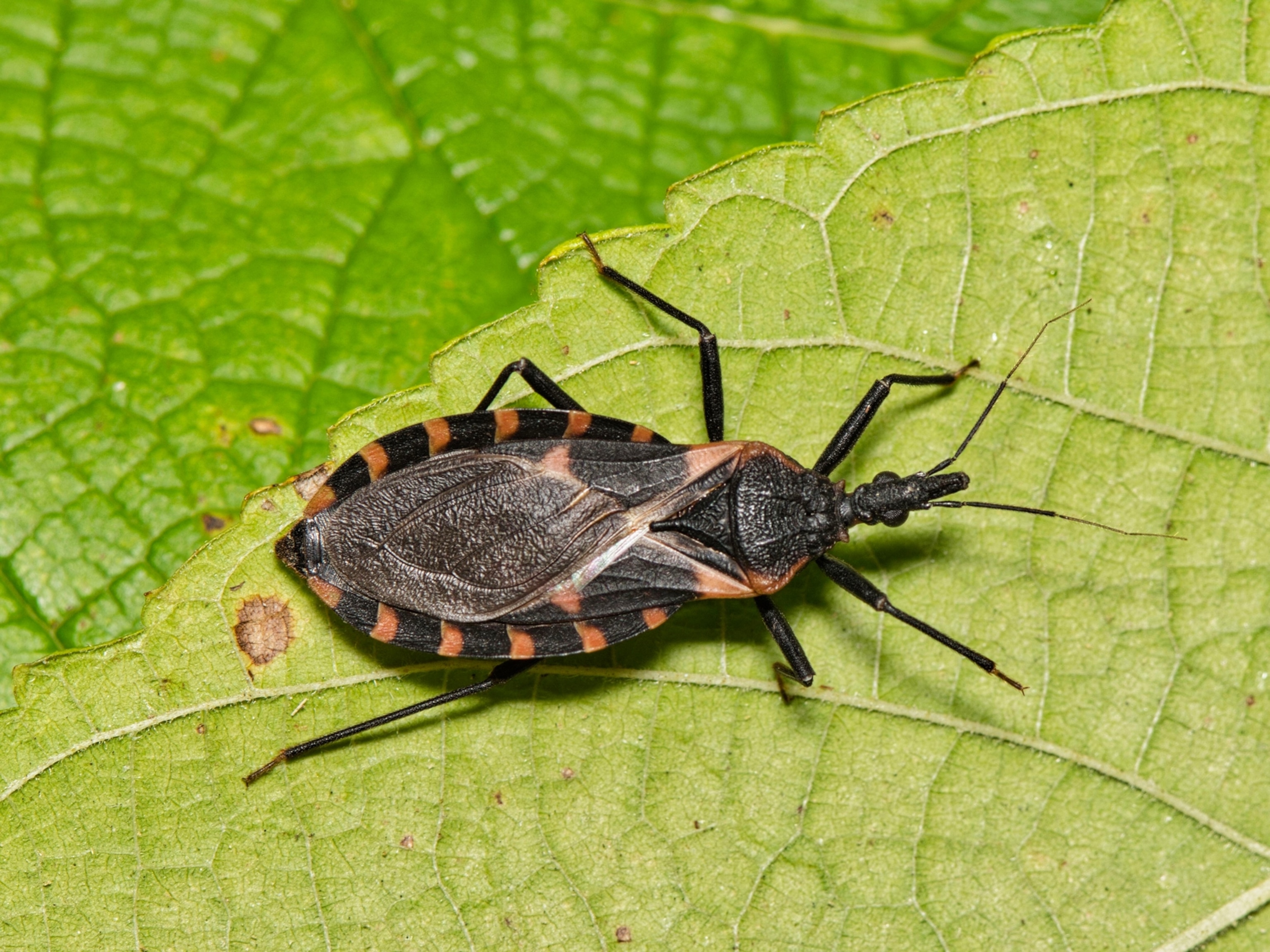Stinkbugs Have Spread to 41 States; Can We Stop Them?
Parasitic wasps may be one solution to controlling the invaders' march.
If you don't yet know what a brown marmorated stinkbug (Halyomorpha halys) is, consider yourself lucky.
These invasive insects are marching their way across more and more of the United States, spoiling fruit harvests and driving homeowners crazy.
The stinkbug species seems to have hitched a ride to the U.S. in the mid-1990s in a shipment of Asian goods. The earliest sightings occurred in Allentown, Pennsylvania, but in just two decades the hardy pests have spread to at least 41 states. (See a map of where stinkbugs have been detected.)
Though the epicenter of the invasion still radiates from the East Coast, populations of brown marmorated stinkbugs can now be found thousands of miles away, outside of Portland, Oregon, and within the city limits of Sacramento, California.
"It's a big concern. Sacramento is in the heart of a lot of big-time agriculture," said Tracy Leskey, a research entomologist with the United States Department of Agriculture who has been working to understand the threat stinkbugs pose and detect patterns in how they move. (See "Stinkbug Threat Has Farmers Worried.")
To test stinkbug endurance, Leskey tethers the insects to a machine that measures how many times they can fly in a circle over a day's time. Think of it as a hamster wheel for stinkbugs.
For the average stinkbug, that's about one to three miles (1.6 to 4.8 kilometers).
Some long-distance fliers, though, will travel up to 40 miles (64 kilometers), said Leskey. "Our record holder flew 75 miles [120 kilometers] in a single day."
Wasps to the Rescue?
One of the reasons invasive species can be so damaging in foreign ecosystems is that nothing has evolved to eat them. Stinkbugs are especially unappetizing to native predators because of the chemical defenses that give them their odor and their name. (See "Why Is the Cold U.S. Winter Killing Off Stinkbugs? [2013].")
That's why the USDA is considering bringing in reinforcements.
"In Asia, where the brown marmorated stinkbug comes from, there are small, parasitic wasps that attack their eggs," said Kim Hoelmer, a research entomologist and acting director of the USDA's Overseas Biological Control Laboratories.
Once the wasp eggs hatch, they completely devour everything within the stinkbug egg. Then they chew a hole in the shell and crawl out.
Hoelmer compares the whole thing to the "chestburster" scene from the movie Alien.
"Once the wasp has consumed its host from the inside, it pops out and goes on with its business," he said.
It may be a while before we can set an army of foreign wasps on stinkbugs in the U.S. (See "Parasitic Wasp Swarm Unleashed to Fight Pests.")
North America is home to over 300 species of native stinkbugs, so Hoelmer and his colleagues need to first determine that the wasps won't parasitize any of them.
If You Can't Beat 'Em, Eat 'Em!
Brown marmorated stinkbugs owe their odor to a combination of compounds called trans 2 octenal and trans 2 decenal. Entomologist Michael Raupp noted in the Washington Post that the latter of these compounds is also found in cilantro.
Perhaps this hints at another possible solution to the stinkbug infestation: We could try eating our way out. (See "The Bug Chef Shares How to Eat Grasshoppers, Ants, and Spiders in Style.")
In fact, many cultures have recipes for stinkbugs. The compounds that serve the insects as a chemical weapon against predators can be a spicy addition to numerous dishes. They may even be a good source of dietary iodine.
Who knew you could fight invasive species just by making some stinkbug tacos?




